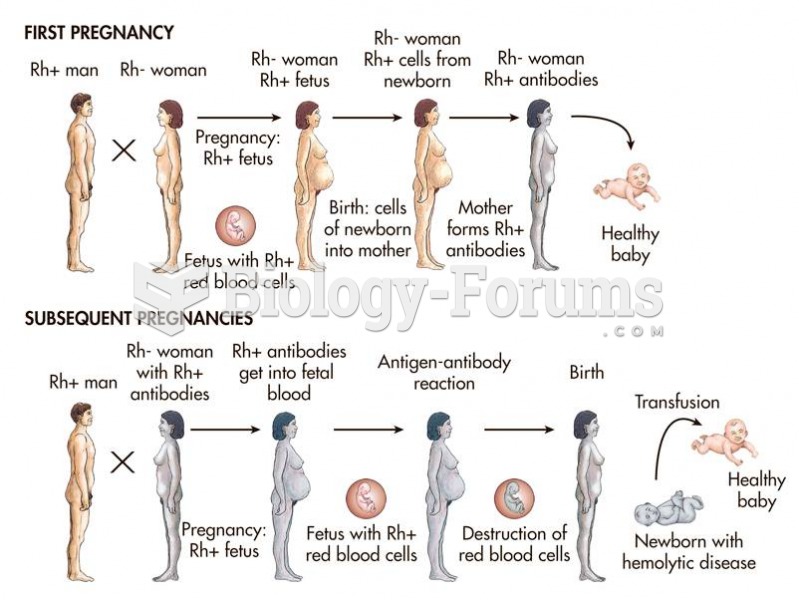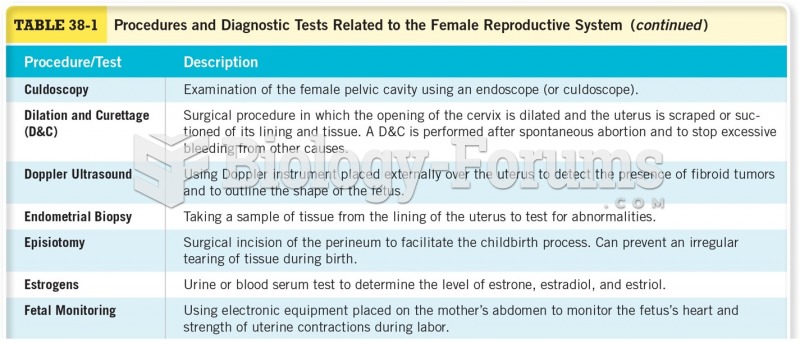Answer to Question 1
One of the biggest problems in public education today results from unequal funding.
Most educational funds come from state legislative appropriations and local property
taxes. Per-capita spending on public and secondary education varies widely from state
to state. In part, this is because the local property tax base has been eroding in central
cities. Many middle- and upper-income families have moved to suburban areas with
their own property tax base so their children can attend relatively new schools
equipped with the latest textbooks and state-of-the-art computers, advantages that
schools in central cities and poverty-ridden rural areas lack. In many areas of the
United States, schools remain racially segregated or have become resegregated after
earlier attempts at integration failed. In 1954, the U.S. Supreme Court ruled (in Brown
v. Board of Education of Topeka, Kansas) that separate but equal segregated
schools are unconstitutional because they are inherently unequal. Efforts to bring about
desegregationthe abolition of legally sanctioned racial/ethnic segregationor
integrationthe implementation of specific actions to change the racial/ethnic and/or
class composition of the student bodyhave failed in many school districts throughout
the country. Some school districts have bused students across town to achieve racial
integration. Others have changed school attendance boundaries or introduced magnet
schools with specialized programs such as science or the fine arts to change
racial/ethnic composition of schools. According to recent studies, predominantly
minority schools have lower student-retention rates, have higher teacherstudent ratios,
and employ less qualified teachers who typically have lower expectations for their
students. According to researchers, schools tend to reinforce rather than eliminate the
disadvantages of race and class during the years of a child's educational experience
Answer to Question 2
b







